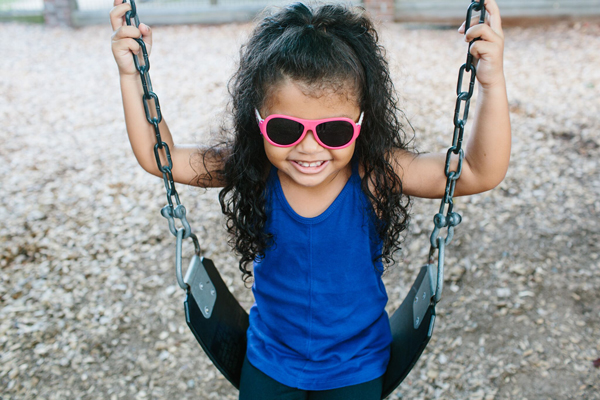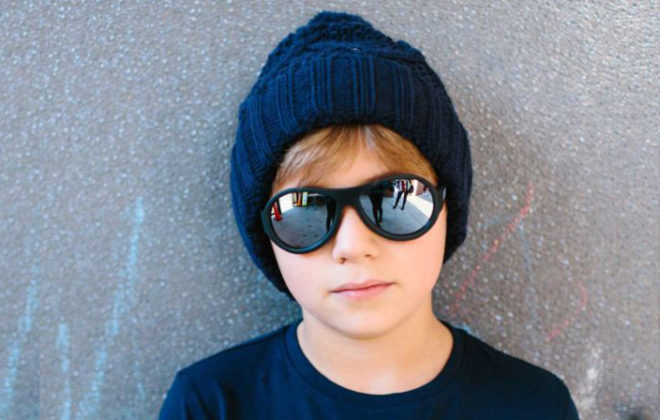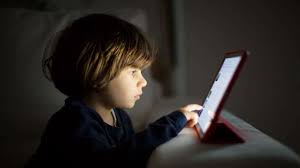Preventing eye injuries in children – causes and prevention.
Eye injuries happen, that is a fact of life, 10% of these injuries are accidents that no protection would have made a difference but for the other 90% wearing eye protection could have alleviated the problem. This is exceedingly important as eye injury is thought to be a primary cause of monocular blindness in children.
Most of eye injuries in children happen in and around the home, with boys more likely than girls to experience an eye injury. Also more accidents are found to occur on the weekend and during summer. Though in Australia as we don’t necessarily experience the big fluctuations in temperature, the seasonality isn’t as obvious, as our kids can be active outside all year.
Some of the common causes of eye injury include, household chemicals and cleaners, sporting injuries, animal induced injury and DIY accidents. Delving into these areas in more depth, along with ideas of how to lessen the chance of an eye injury are explained.
Eye injuries in the under 5’s have a high proportion resulting from chemical exposure. Chemicals tend to cause damage to the cornea, with alkaline type chemicals being the worst. An example of an alkaline chemical would be cloudy ammonia, which is found in many of the mould removing products. The reason that alkaline injuries tend to be the worst, is that the chemical keeps burning through the cornea and a person can’t feel it happening. Having a child lock on the chemical/cleaning products cupboards makes such a difference to your piece of mind and the likelihood of this type of injury happening.
Australian’s love our animals with an approximate 25 million pets in Australia. Animals have been noted to cause eye injury in kids. I have read papers that include cat scratches and dog bites to the face and in practice I have had two patients that have had a bird peck their eye. Animal induced eye injuries tend to result in damage to both the cornea and surrounding lids. The problem can be exacerbated if the claw or teeth penetrate the eye or there happens to be nasty bugs in their saliva or under their claws.
These types of injuries are more common in the younger kids, due in part to their lack of ability to know what the animal will tolerate or inability to see if the animal is unhappy or stressed. I would recommend having your child wear eye protection in the form of sunglasses, preferably wrap-around and as much as possible supervise when they are playing with animals.
Sports eye injuries account for 20% of eye injuries. Accidents tend to be more common and serious in sports with small high velocity projectiles like paint balls and air rifles along with sports that have fingers at close contact, and the use of a bat or a stick. A few examples of the high risk sports include badminton, baseball/softball, basketball, cricket or indoor cricket, tennis, and hockey. Of these high-risk sports only squash, lacrosse and cricket have brought in regulations for eye protection and have indicated that they expect participants to have eye protection to be eligible to play.
The moderate risk sports include a high-speed ball or puck, the use of a bat or stick and close physical contact with the possibility of collision. Examples of sports in this category include archery, soccer, volleyball and water polo, along with Australian rules football, rugby union or rugby league.
For a sport to be considered low risk it basically needs to be a sport where the person is participating in isolation and no ball or stick is used. An example of this type of sport is athletics or swimming.
If your child participates in sport, which is wonderful for their health, coordination and socialisation, along with keeping myopia at bay, please consider the safety of their eyes and act accordingly.
The Sports goggles are the most commonly accepted prescription apparatus, though they can be used as they come for children with no requirement for glasses. That way they are protecting their eyes and consequently their vision for the future.
Tags In
Archives
- February 2023
- January 2022
- September 2021
- May 2021
- April 2021
- February 2021
- January 2021
- October 2020
- August 2020
- May 2020
- February 2020
- December 2019
- October 2019
- May 2019
- February 2019
- November 2018
- October 2018
- September 2018
- August 2018
- June 2018
- May 2018
- April 2018
- March 2018
- February 2018
- December 2017
- November 2017
- October 2017
- September 2017
- August 2017




